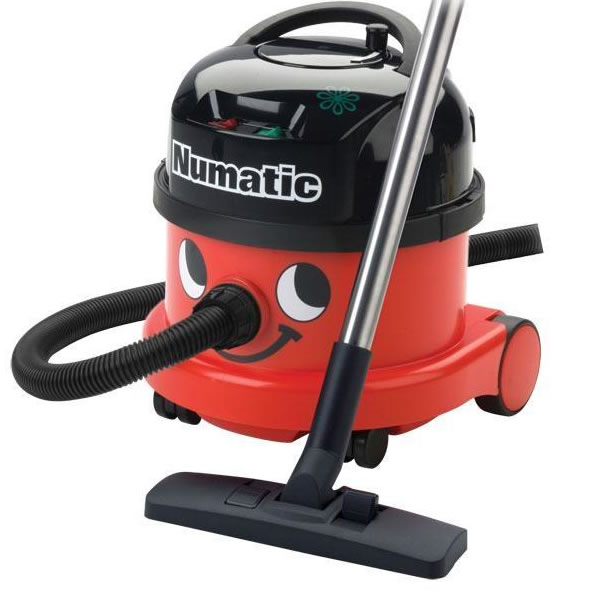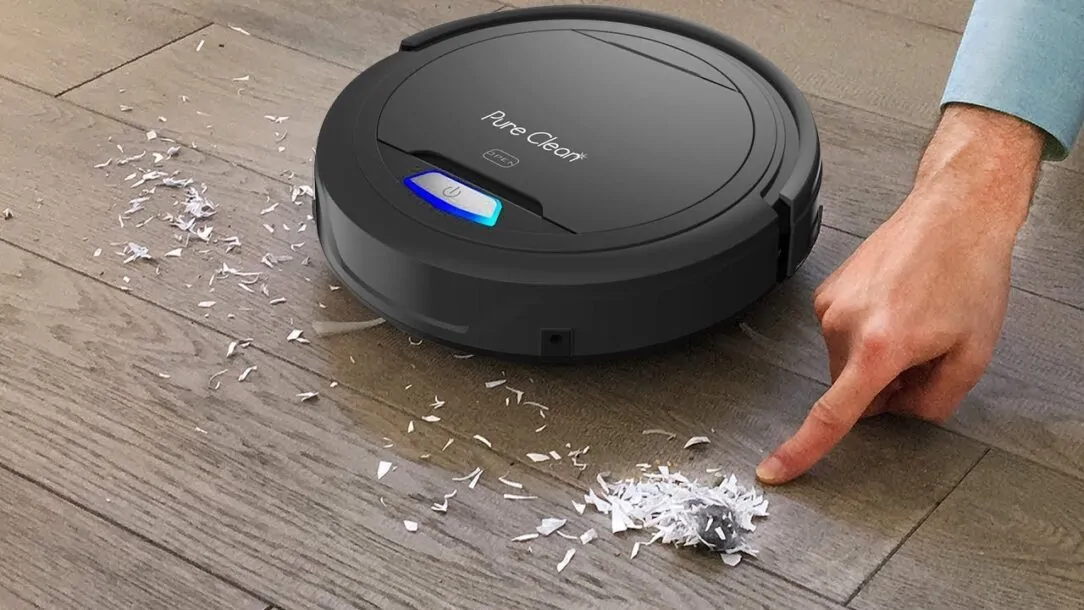


Finally, the results were obtained for turbulent flow conditions. For vacuum, based on the standard specifications, the axial fan is mod-elled and a computational analysis is carried out to observe the physics of fluid flow. The simulation forthe robot is done using Coppelia Robotics software and vacuum analysis using ANSYS flu-ent v16.0.

A single switch can be used to turned on or of the robot. When fully charged, the robot can run for 20-30 minutes. The power supply to the ro-bot is via a 12V rechargeable Li- polymer battery which is recharged using AC-DC adapter. The robot is embed-ded with motor shield as well as a voltage regulator. The micro controller is programmed to move along a user-defined path. The work de-scribes the thoughts, ideas and the designs that came up with the result in a more convenient vacuum cleaner that is automated and most helpful to the currentsitua-tion in today’s lives and also describesthe development of a disc-shaped robot using Arduino micro- controller and a vacuum system using axial fan. One such of the greatest inventions was the automatic robotic vacuum cleaner. Later, automation slowly started increasing and humans wanted to take rest all the way while everything is being automated in their lives such as machines playing major roles. Though it was easier to remove dirt from the house, it was also an energy draining action done by humans and they were noisy.
Automatic vacuum manual#
Later people decided to move on to the technology where, newly arrived manual vacuum cleaners played a major role in the part of their lives. Earlier were the days, where a maid would be appointed for cleaning the house and also people felt that there wasn’t much need for them to worry about the household cleanliness.


 0 kommentar(er)
0 kommentar(er)
